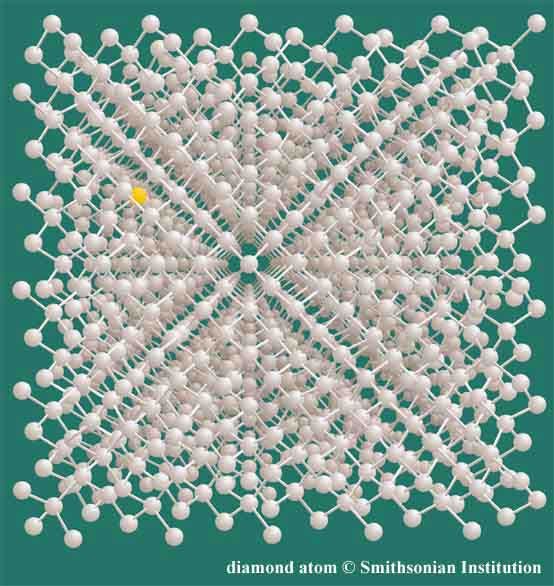(continued...)
Fundamental elementary particles obviously are not numbers.
What does "quanta of values" mean (or "value quanta")?
I agree that we humans attach numbers that we call density, mass, atomic number etc. to atoms, and use those numerical values to describe them. But you're saying that atoms are "values". What does that mean? You can't hold a number. You can't eat numbers in your breakfast cereal. Physical particles aren't "just" numbers.
I assumed that your "values" meant something more than mere numbers. But if it's just a fancy word for numbers, I think you'd be clearer if you just used the specific word you need: numbers.
I just wish you'd post something that would actually go some way to addressing the actual claims you keep making - the ones we're disagreeing about, rather than all this tangential fluff.
It could well be that, in the process, some microtubules are destroyed/damaged as a sort of collateral damage?
It would be to misattribute causation to assert that memory loss is due to the microtubule damage, since memory in the brain seems to occur at the level of neurons, not microtubules.
By "values" do you just mean numbers?Fundamental elementary particles are quanta of "values". Atoms are sets of value quanta, each with specific property values such as density, mass and weight. The Table of elements is a comprehensive set of atomic values.
Fundamental elementary particles obviously are not numbers.
What does "quanta of values" mean (or "value quanta")?
I agree that we humans attach numbers that we call density, mass, atomic number etc. to atoms, and use those numerical values to describe them. But you're saying that atoms are "values". What does that mean? You can't hold a number. You can't eat numbers in your breakfast cereal. Physical particles aren't "just" numbers.
I assumed that your "values" meant something more than mere numbers. But if it's just a fancy word for numbers, I think you'd be clearer if you just used the specific word you need: numbers.
Does the atomic number of an atom have any meaning at all, "independent of humans altogether"? In whose mind is the concept of an atomic number, if not that of a human?Don't anthropomorphize. Look at these properties from an objective perspective.
Great! So you have established that human beings classify minerals in different ways, using various symbolic descriptions. That's not something I have argued against. Where to from there?Hazen cites about 6000 minerals with specific values and symbolic descriptions.
Seriously, I don't think you do. You seem to struggle to tell the difference between objects and numbers associated with objects, for instance. You seem to struggle separating "symbolic descriptions of minerals" from minerals, for instance.I know what a map is.
No. I'm saying that you are making silly claims that the maps are the things they symbolise. Scientists are aware of the difference (with the possible exception of Max Tegmark and his followers, perhaps).So you are declaring that all of science is merely mapping and making silly claims that the maps are the things they symbolize?
You can quote the definition, but do you actually understand it?The definition of symbolization is ;
....
3: an arbitrary or conventional sign used in writing or printing relating to a particular field to represent operations, quantities, elements, relations, or qualities
I suppose anything is possible, but that would be a very poor argument to try to make.No 1 can be used to argue that science is a summary of faith or doctrine: a CREED, no?
Notice that I didn't say it did.And that makes it less important? Why does my saying it make it less valuable?
I just wish you'd post something that would actually go some way to addressing the actual claims you keep making - the ones we're disagreeing about, rather than all this tangential fluff.
Chaos theory has nothing to say about making physical reality out of patterns or anything like that.No, that is Chaos Theory!
Apparently, you missed my main point there, again.Yes, I slipped. I should have said; "Electro-magnetic waves have intrinsic patterns".
A crystal is not a pattern.I'll agree conditionally. After all waves are not objects. Of course both are expressions of patterned behavior and/or construction. Crystals anyone?
Is that part of the Creed of Tegmark? You feel the need to avow your faith in Tegmark, regularly?I support Tegmark's proposition that "consciousness is an emergent excellence of certain complex neural patterns".
This is what you should be trying to support. So far, nada.Yes, MT networks have emergent consciousness in direct relationship to neural development.
??? (All sorts of issues here.)And No, this is not faith based anymore but falsified fact.
As far as I'm aware, Alzheimer's disease is associated with the growth of amaloid plaques in the brain, which impede the correct functioning of the neural network.Microtubule damage (catastrophe) in the brain results in loss of brain function and consciousness. This has been proven to be responsible for the gradual onset of Alzheimer's disease and loss of memory.
It could well be that, in the process, some microtubules are destroyed/damaged as a sort of collateral damage?
It would be to misattribute causation to assert that memory loss is due to the microtubule damage, since memory in the brain seems to occur at the level of neurons, not microtubules.





